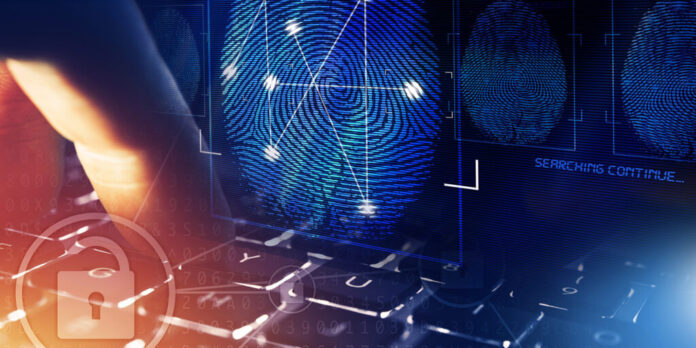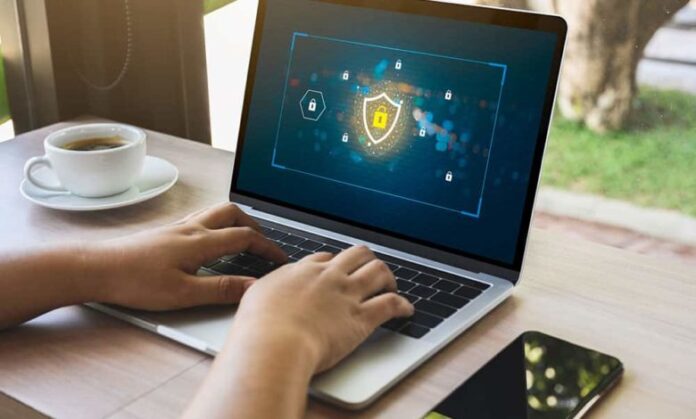As we inhabit an increasingly digital world, the threat of cybercrime is rapidly growing, posing significant challenges to personal data security and national and corporate safety. With the evolution of technology, the ingenuity of cybercriminals grows in tandem, necessitating equally advanced countermeasures. One such vital countermeasure is digital forensics, a critical toolset in the arsenal against cybercrime. This comprehensive blog post will illuminate eight key aspects of digital forensics in cybercrime investigations, demystifying a complex subject to make it digestible and engaging for all readers.
Digital Forensics: Unraveling the Cybercrime Web

Digital forensics, an essential branch of forensic science, focuses on the intricate processes of collecting, scrutinizing, and interpreting electronic data. The ultimate aim is to identify, trace, and bring cybercriminals to justice. It involves rigorous processes to uncover lost or deleted data, investigate security breaches, identify malicious software or unauthorized intrusions, and prepare robust evidence for legal proceedings related to these cybercrimes.
As technology becomes increasingly pervasive in our daily lives, the opportunities for cybercrime also multiply. The global nature of cyber connectivity provides an ideal breeding ground for a variety of cybercriminal activities. These range from data breaches and financial fraud to more sophisticated activities such as hacking and cyber espionage. The potential repercussions of these cybercrimes are far-reaching and can include severe financial loss, identity theft, and threats to national security, underscoring the critical role of forensics in fighting these threats.
Understanding Digital Forensics
Digital forensics revolves around the preservation, identification, extraction, and documentation of electronic evidence. The objectives are manifold: uncovering and understanding the details about the incident to plan corrective action, and providing evidence that is admissible in court for potential punitive action against the perpetrators.
Digital evidence serves as the pivotal backbone for any cybercrime investigation. This evidence can yield key information, such as the identity of the cybercriminal, the methods used for the crime, the extent of the damage caused, and the strategies required to prevent such incidents in the future. Therefore, the professional handling by outlets such as SalvationDATA and accurate interpretation of automated evidence are essential to the success of any investigation into cybercrime.
Investigative Process in Cybercrime Cases

A digital forensics investigation typically follows a structured, methodical process. This process includes preparation, incident response, data collection, meticulous data analysis, presentation of the findings, and the review phase. Each step must be followed thoroughly to ensure the integrity of the investigation and the admissibility of the evidence in court.
Adherence to a structured approach in this form of forensics investigations is of utmost importance. It ensures that the collected evidence is both reliable and defensible in court. A well-defined structure helps maintain a clear chain of custody, safeguards the integrity of the evidence, and ensures no critical data is missed during the investigation.
Preserving Digital Evidence
Preserving the integrity of digital evidence is a critical aspect of any investigation. It is essential to ensure that the data remains in its original state from the time it is discovered until it is presented in court. Failing to do so could lead to the evidence being deemed tampered with and hence, inadmissible in court.
Digital forensics employs a variety of advanced tools and techniques to preserve evidence. These include disk imaging, cryptographic hashing, and write-blocking tools. The purpose of these tools is to ensure that the data remains unaltered during or after the collection process.
Identifying and Recovering Digital Evidence

Recovering hidden or deleted data is a complex task that involves techniques such as data carving, file carving, and steganalysis. Advanced software tools can help reconstruct fragmented data, making it possible to retrieve information that may have been thought to be irretrievably lost.
Forensic experts play an indispensable role in data retrieval. They leverage their specialized knowledge and technical skills to navigate complex systems, uncover hidden data, and restore deleted information, thereby unveiling the truth behind cybercrimes.
Analyzing Digital Evidence
Digital forensics employs various techniques for examining and interpreting digital evidence, including timeline analysis, log analysis, and network forensics. Specialized forensic software aids experts in processing the raw data and drawing meaningful conclusions, which can significantly influence the course of an investigation.
The analysis of this form of evidence can reveal a wealth of vital information, such as the origin of an attack, the tactics employed by the cybercriminal, the timeline of activities, and the extent of the attack. This information can be instrumental in identifying the cybercriminals and understanding their modus operandi.
Role of Digital Forensics in Incident Response
Digital forensics plays an instrumental role in incident response by identifying the cause of a security breach, the systems affected, and potential solutions to mitigate the damage. A prompt and efficient response, informed by digital forensics, can significantly limit the damage caused by the incident.
In the face of a cyberattack, swift action is of paramount importance in minimizing its impact. Rapid identification and isolation of affected systems, combined with measures to prevent further intrusion, can significantly reduce the overall impact and scope of the incident.
Supporting Legal Proceedings

In our digital age, evidence garnered through computerized forensics has become crucial in legal proceedings. Courts worldwide now recognize and accept digital evidence, making it an essential component in prosecuting cybercriminals successfully.
However, the admissibility of digital evidence is heavily dependent on how it was collected, preserved, and presented. Therefore, following best practices in digital forensics can ensure the evidence is admissible in court and, consequently, greatly increase the chances of a successful conviction.
Conclusion
To conclude, digital forensics is an integral part of the fight against cybercrime. Its systematic methods of evidence collection, preservation, and analysis are critical to identifying and tracking perpetrators, mitigating damage, and preventing future attacks.
As the landscape of digital threats continues to evolve, so too must our approach to digital forensics. The future will undoubtedly bring new challenges, but with continuous learning, technological advancements, and international collaboration, we can stay one step ahead of cybercriminals. Digital forensics should not be viewed as merely a reactionary measure, but a proactive and crucial approach to ensuring cybersecurity.









